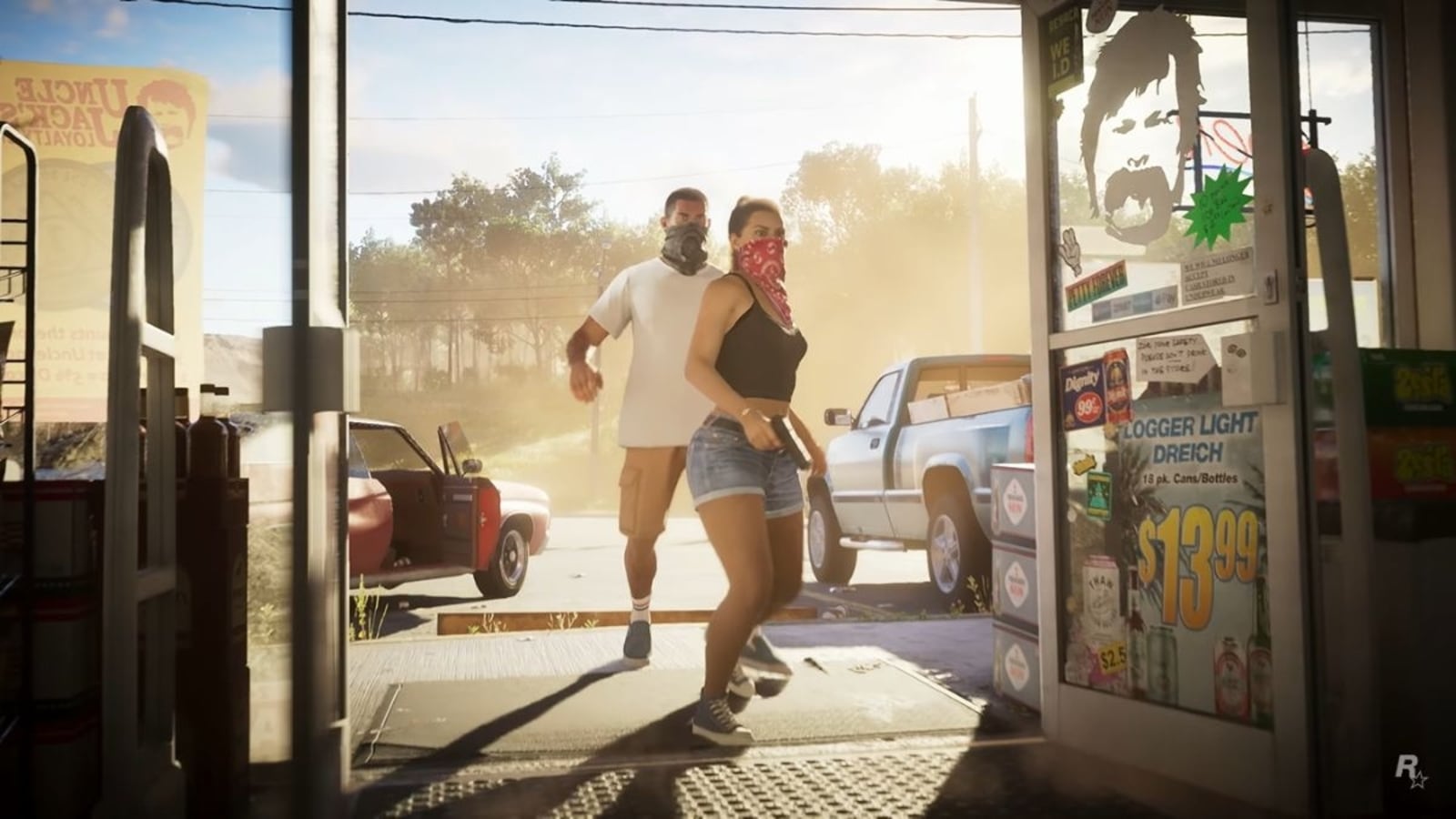As Democrats and Republicans in Washington negotiated legislation to overhaul the asylum system and tighten border security earlier this year, many in Cochise County, Ariz., a conservative stronghold, held their breath.
The bill promised to secure more of the federal grant funding that had been helping local mayors and community leaders house and bus migrants who were passing through their stretch of the U.S.-Mexico border. But after former President Donald J. Trump helped sink the proposal, even some of President Biden’s staunchest Republican critics in the area said that they were disappointed.
And yet, as news spread this week of Mr. Biden’s latest action, which seeks to follow through on some of the asylum provisions of that failed legislation, Republicans and Democrats alike in the area, a place where many have long felt their needs are ignored, eyed it with skepticism.
Mayor Donald Huish of Douglas, an even-keeled Republican, wondered whether some action was better than none.
“On one hand, I am happy to get any help we can get,” he said. “On the other, I wish they would just fix the problem.”
Kathleen Gomez, a Democrat turned Republican who is running for the county’s board of supervisors, called it “a Band-Aid on a severed artery.”
The response in Cochise County captures what a political headache the border has become for Mr. Biden, and the challenges ahead as he campaigns for re-election on a restrictive immigration approach he once pledged to reverse.
Mr. Biden’s shift on immigration allows him to address a major political vulnerability, as more American voters now see the situation at the country’s southern border as a problem and as polls show that more tend to trust Mr. Trump to handle it than trust Mr. Biden.
But in critical political battlegrounds like Arizona, residents reacted to the executive order this week with mixed emotions. Some commended Mr. Biden for at least trying to address their concerns. Many remained uncertain that it would sway voters or do much to fix the fundamental issues that they have been grappling with for years.
On the left, Mr. Biden’s harshest critics said he was playing into right-wing politics at a time when anti-immigrant rhetoric from Republican candidates and lawmakers has become uglier and more dangerous.
Leo Murrieta, director of Make The Road Nevada Action, an immigrant-rights group, contended that Mr. Biden was treating migrants and their families like pawns to draw voters. “It is a political gamble that is not going to pay the dividends that they think.”
Biden campaign officials and allies counter that the action is only one piece among many efforts to tackle an intractable problem that Republicans have refused to help solve. While the order is geared at curbing illegal crossings, it includes exceptions for some migrants, like unaccompanied children and victims of human trafficking. Other Biden administration initiatives have sought to speed up the processing of immigration cases, increase legal pathways into the country and improve efforts to tackle human smuggling and fentanyl operations.
“President Biden knows being president is not about theater — it’s about taking action on the issues our communities care most about,” said Kevin Muñoz, senior spokesman for the Biden campaign. “Despite Trump and his loyalists’ inaction, President Biden is taking action today.”
Some Democratic strategists see the latest move as strategically and politically wise. They argue that it could help soften the blow on an issue that Republicans have wielded like a cudgel and allow Mr. Biden and vulnerable Democratic candidates in swing states to run on a message that has long eluded them: that they are a party seeking solutions to the immigration dilemma.
Matt Bennett, a co-founder of Third Way, a centrist organization, called Mr. Biden’s latest action “the last leg of a stool.” Mr. Biden has already gone head-to-head with Mr. Trump in dueling visits to the U.S.-Mexico border. He has pushed for bipartisan legislation, which Republicans have twice blocked, the first time after Mr. Trump opposed it. Now, he has signed an executive order.
“He is making it clear he is doing everything he can, right up to the limits of his power,” he said.
But some Democratic and Latino strategists warned that Mr. Biden would now have to work harder to strike a contrast between himself and Mr. Trump on immigration.
Mr. Biden’s moves to appear tougher on enforcement might help neutralize the issue in the eyes of left-leaning and independent voters in Midwestern states far from the southern border, like Wisconsin and Michigan, they said. But they could play differently across the Southwest, where the day-to-day benefits and challenges of coexisting with a southern neighbor are not an abstraction.
Polls show the majority of Hispanic voters are in favor of stronger enforcement at the border, but actions and rhetoric perceived to echo those of Mr. Trump risk depressing turnout among younger Latinos, a base Mr. Biden has struggled to shore up. In states like Arizona, that demographic has been credited with helping fuel major Democratic victories.
“They have to be very clear about how this is different from what Donald Trump has done,” said Kristian Ramos, an adviser to Way to Win, a national progressive network that has spent hundreds of thousands of dollars in congressional races.
In Cochise County, the troubles for mayors like Mr. Huish began to worsen as the number of migrants began climbing to record levels last year. The county, in southeastern Arizona — encompassing the cities of Naco, Bisbee, Douglas and Sierra Vista — became a major transit hub.
Federal funds distributed through a county grant program allowed leaders to help bus migrants brought in from different points of entry to cities across the nation. A Catholic church transformed itself into a shelter. Volunteers organized themselves to collect donations and assist the newcomers. It was a story that repeated itself across the United States, along the border and in cities elsewhere, which have both often relied on impromptu networks of lawyers and community leaders to feed, house and move migrants to their prospective destinations.
The number of people crossing illegally into the United States from Mexico dropped by 50 percent in January, when border agents reported more than 124,000 encounters with migrants. But the county, like others along the southern edge of Arizona, is still on edge.
Unlike the failed bipartisan legislation, the recent order does not increase federal funding. It is also unclear how the action would play out in this part of the border, where law enforcement officials say many migrants who cross are not presenting themselves to agents to request asylum, but are instead seeking to avoid detection.
Leaving Immaculate Conception Catholic Church in Douglas, where he regularly attends mass, Esgardo Torres, a lifelong Democrat and public school custodian, said he had spoken to many of the migrants who had been housed there until this spring. He said he believed that there was a looming “crisis” at the southern border but did not think that enhanced security — more fences, agents, walls — had made much of a difference to stop people searching for a better life in the United States. It had meant more harassment from law enforcement for border residents, particularly Hispanics, he said.
“I’ve seen it a lot — they have six or seven officers just to catch one guy, maybe two,” Mr. Torres, 74, said, calling it “ridiculous.”
Ann English, a conservative Democrat who serves on the county supervisory board, said Mr. Biden’s order would invite only costly legal challenges. “It seems like we are in the middle of political theatrics,” she said.
Mr. Huish had a message for fellow members of his party who had rushed to criticize the administration’s new direction.
“You don’t like it? Well, put something forward,” he said with palpable frustration, adding that Mr. Biden at least had the tenacity to do so. Though, he added, he still planned to vote for Mr. Trump.

























